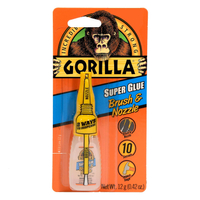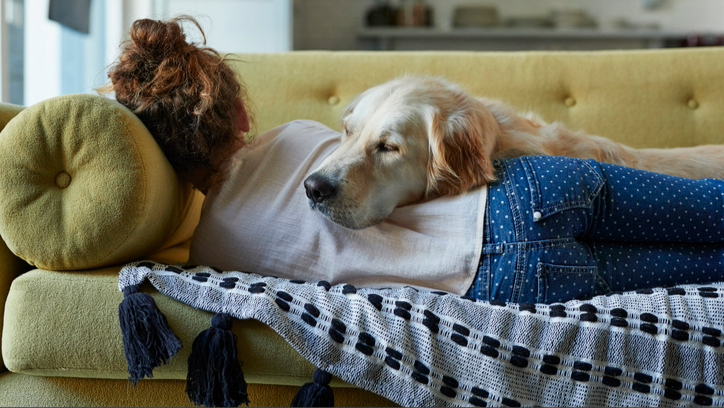7 common mistakes you're probably making with superglue
Are you making these superglue mistakes?
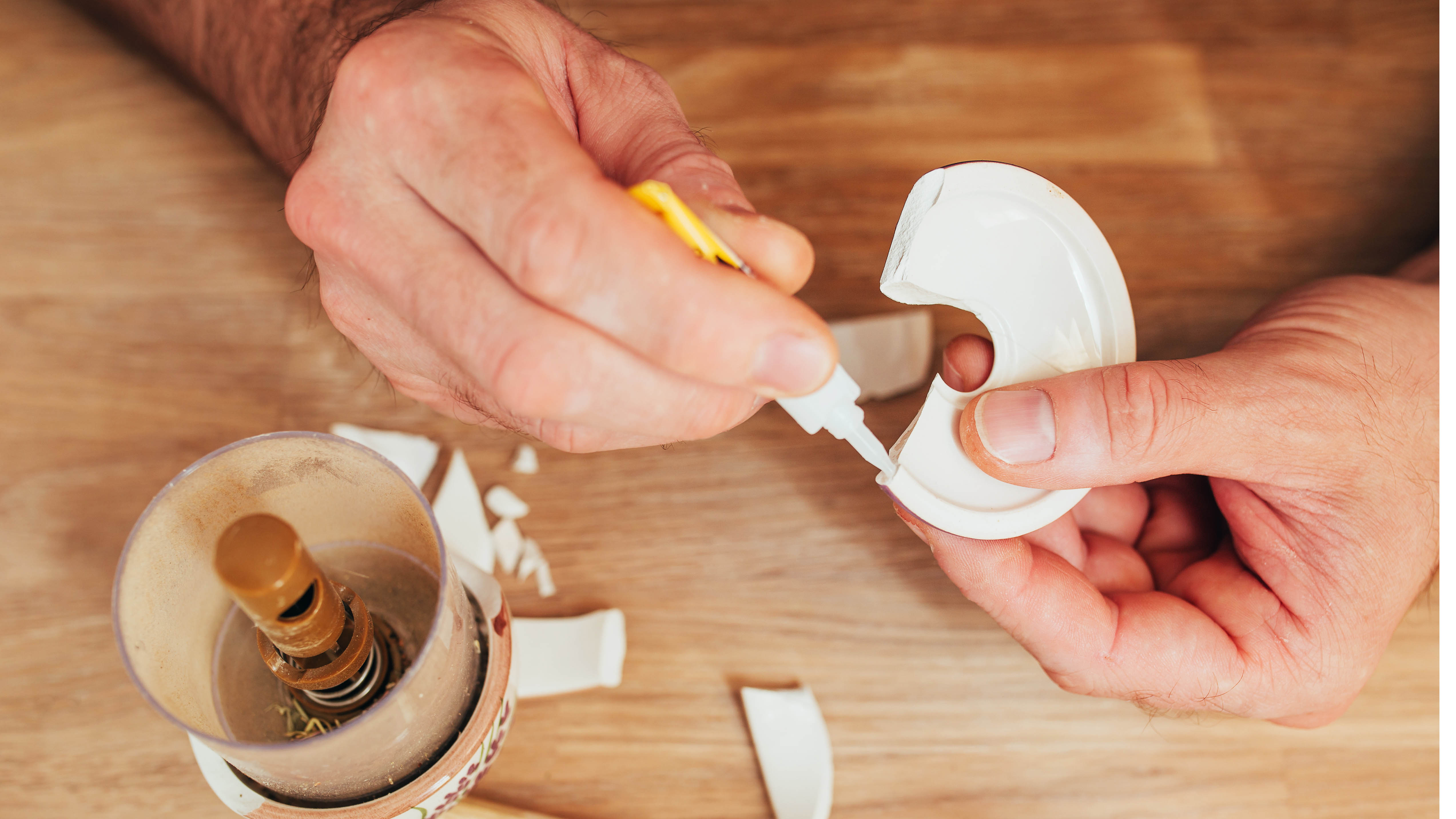
If an item is broken or needs repairing around the home, superglue is a great quick-fix solution. Popular for its strong bonding qualities, who knew that this little tube of adhesive glue can come in so handy?
But even though you might think it’s great to use for everything, you’ll be mistaken. In fact, you’re probably using superglue all wrong — which can ruin your items, look messy, or even become unsafe. So before you grab your trusted superglue, be sure not to make any of these common mistakes.
1. Buying cheap glues
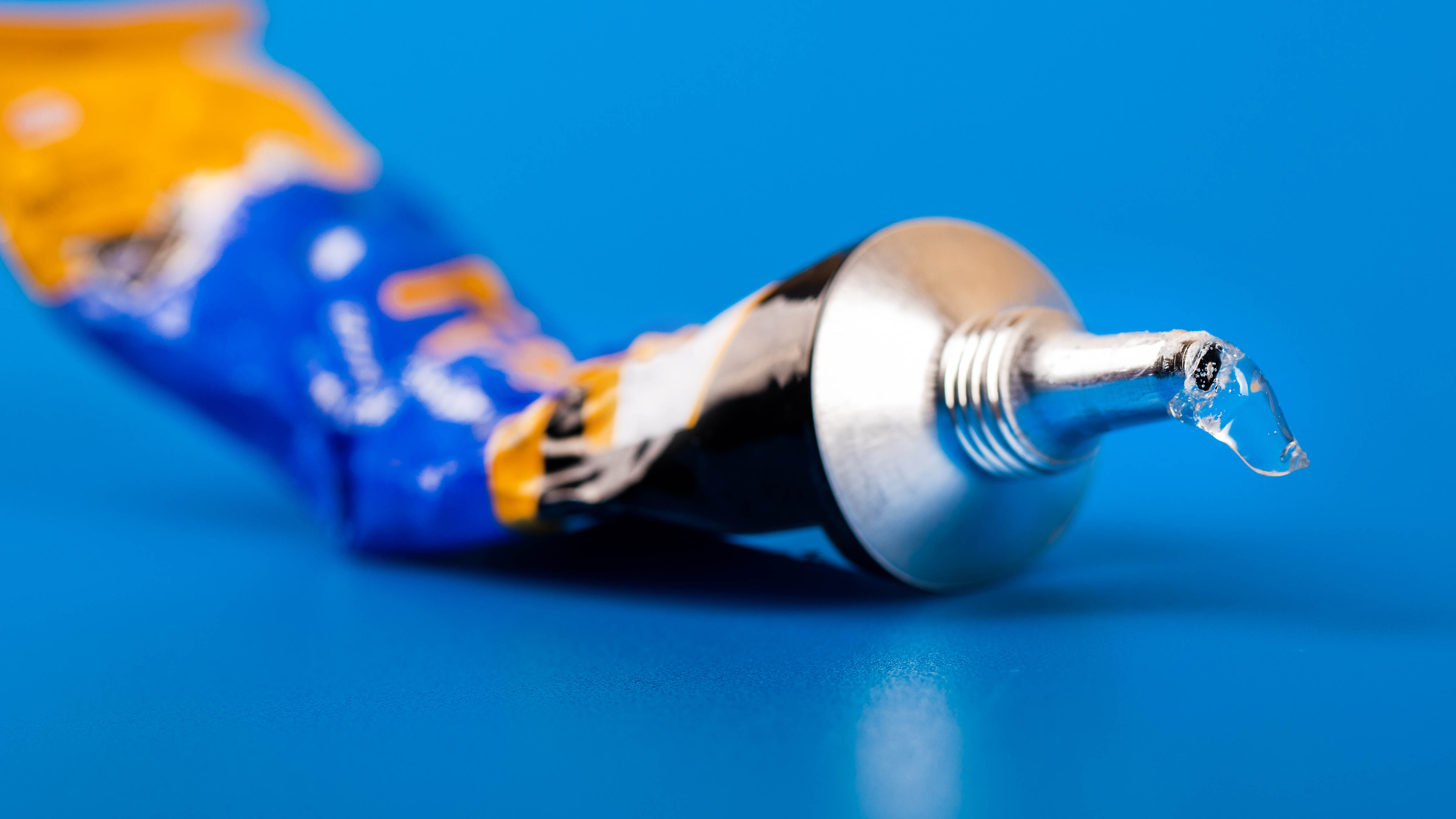
Not all superglues are created equal. And just because you’ve seen glues in the dollar store doesn’t mean they will get the job done well.
Depending on what you need to fix, aim to buy glues for that purpose, such as fabric glue, wood glue, epoxy glue (which is the strongest), and always read the instructions before use.
In fact, those that are made with cheap dispensers are the ones you need to avoid. These tend to come in metal tubes that allow the glue to become hard inside — pointless for your task. Spend a bit more money for packaging that makes it easier to apply the glue.
2. Not reading the instructions
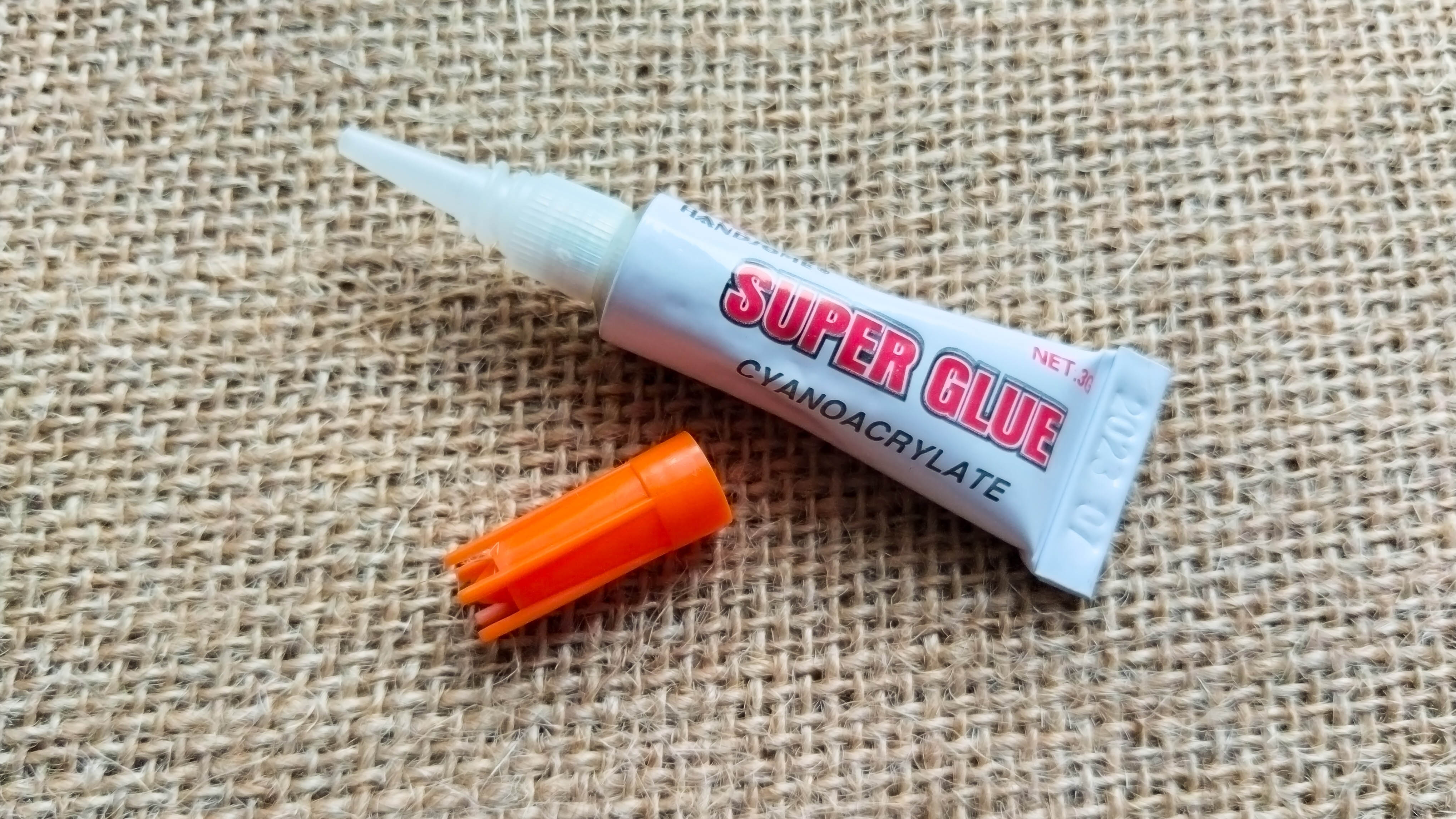
Using superglue might seem like a no-brainer, but not reading the guidance is a major fail. In fact, this common mistake often leads to wrong application and bad results.
Each brand or type has different application methods, and it’s important to follow exact guidance. This can make all the difference between having a renewed-looking item to something that will fall apart!
Sign up to get the BEST of Tom's Guide direct to your inbox.
Get instant access to breaking news, the hottest reviews, great deals and helpful tips.
3. Not taking safety precautions
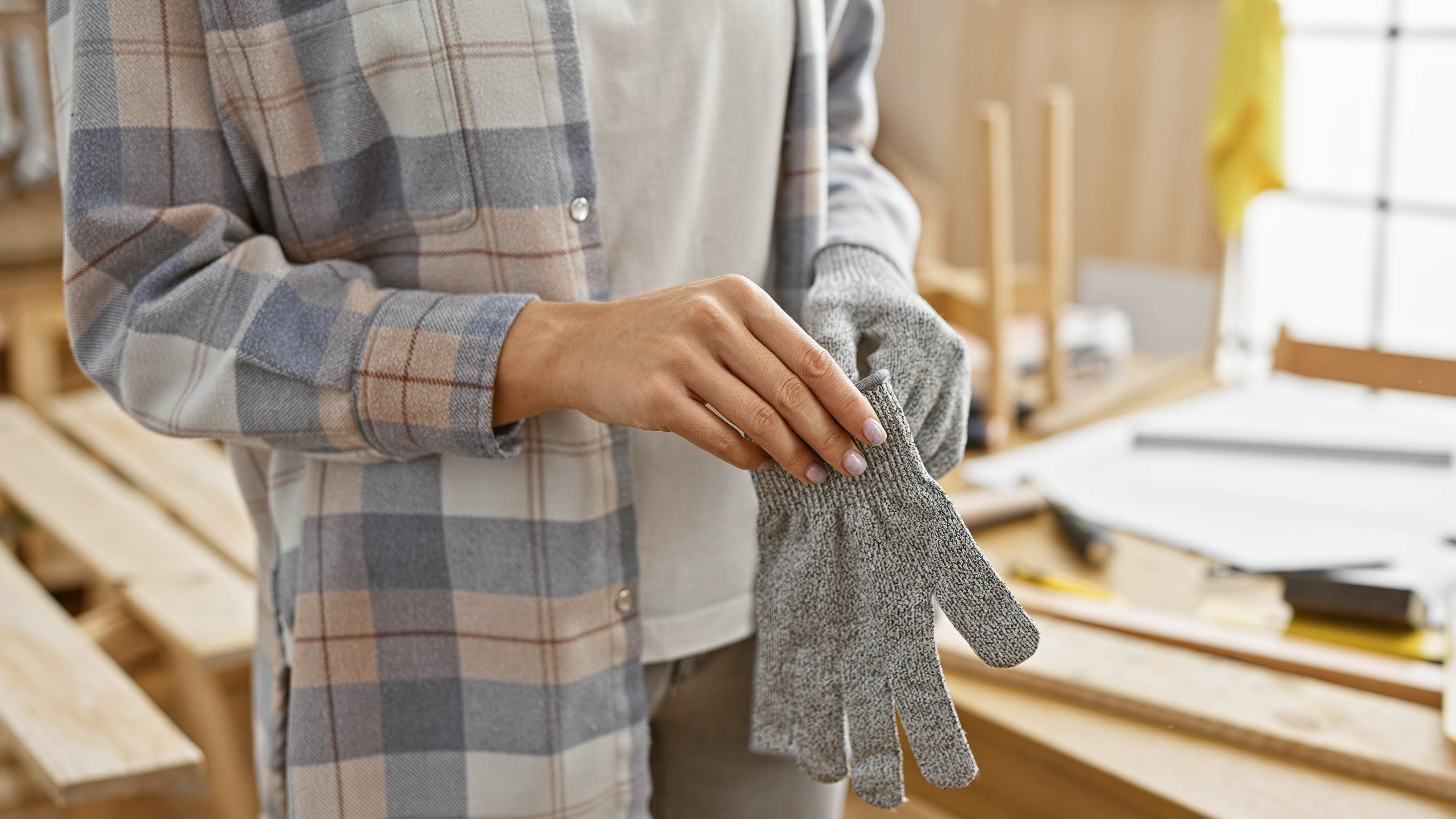
Another mistake often made is not taking safety precautions or protecting the surface you’re working on.
Always wear gloves if possible to avoid splashes. Once superglue gets on your skin, it can be very difficult to remove, and in some cases, can irritate sensitive skin. Nitrile gloves are recommended as the glue doesn’t stick to the material.
In addition, cover the surface of the area that you’ll be gluing an item on. The last thing you want is to ruin the finish of a beautiful kitchen countertop or wooden table.
4. Not cleaning the surfaces first
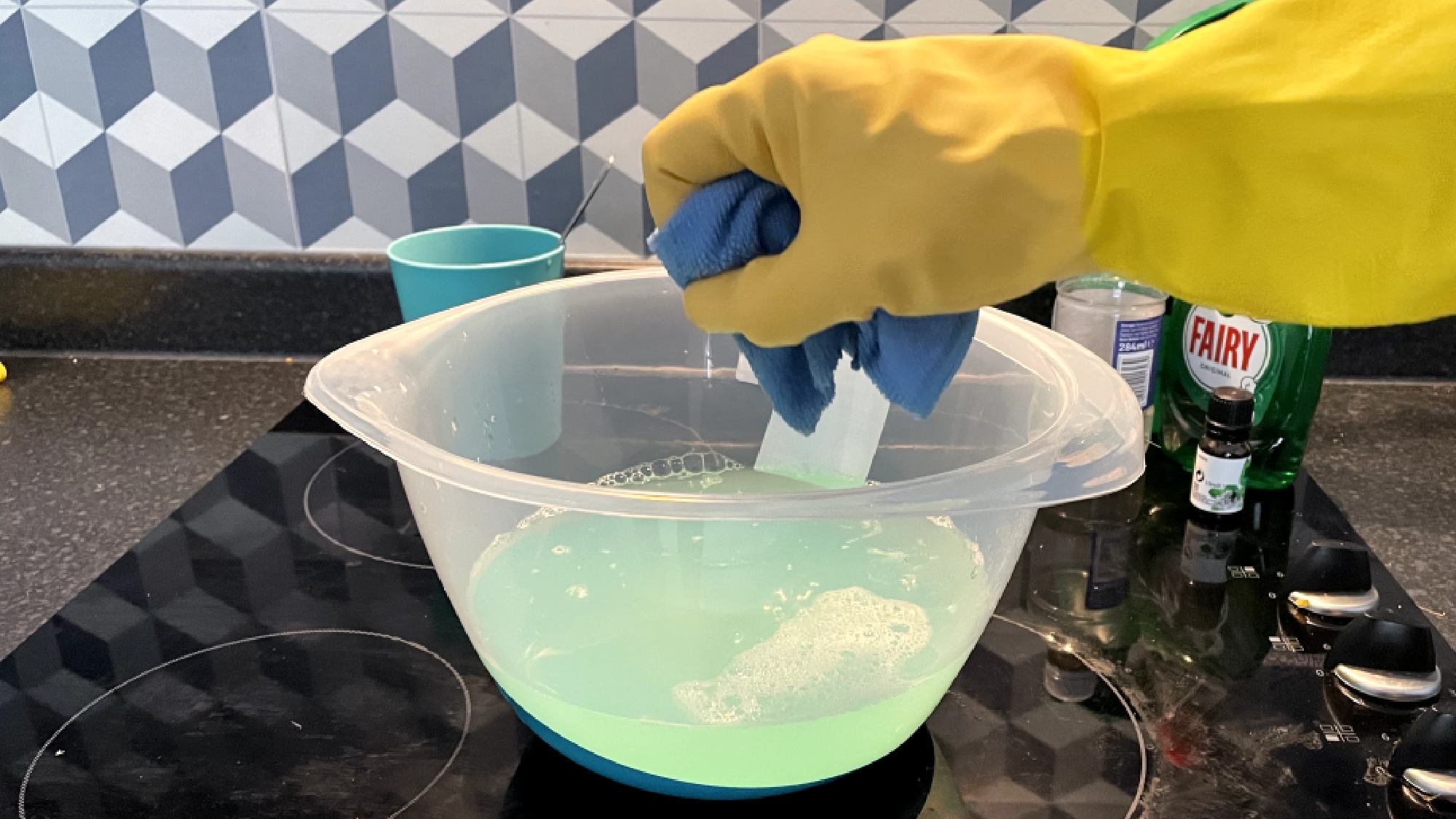
Just like any other DIY project, you must always ensure the surface is clean and grime-free before using superglue. If not, this can affect the overall performance of superglue and look terrible. After all, you can’t easily remove the glue once it's dried.
Before any task, simply wipe the surfaces clean with a damp, soapy cloth, remove visible marks and use a dry cloth.
5. Thinking that superglue can fix everything
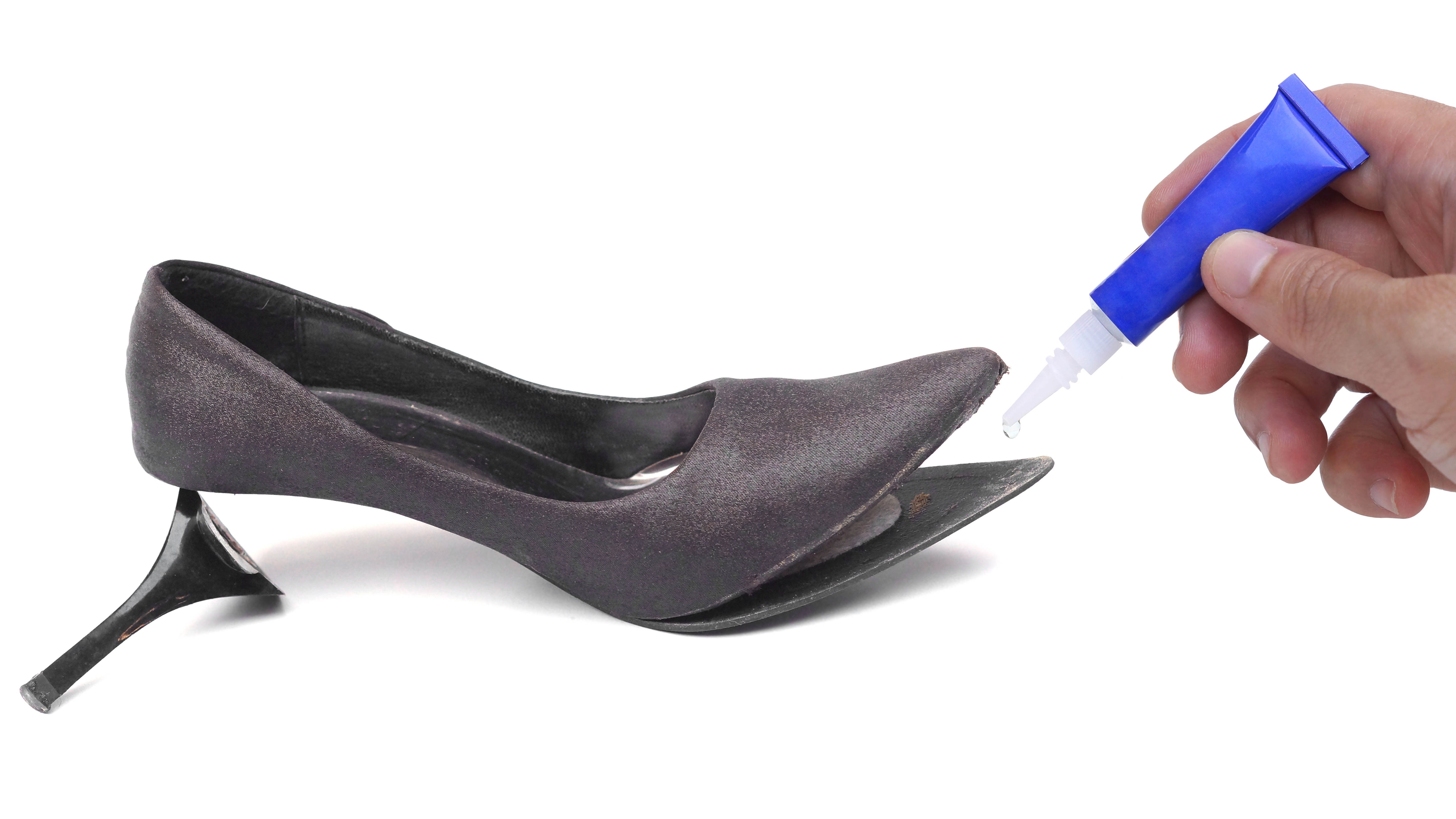
Superglue might be versatile but don’t assume that it can be used on everything. Depending on the type of repair job and materials, there are other adhesives that are better suited.
For instance, contact adhesives are good for fabrics, while UV-setting adhesive is much better for soft plastics and rubbers. And you should never use superglue on things like leather, wool, electronics or broken mugs, plates or glasses. Most superglue ingredients are not considered food-safe, and could result in leaking unsafe toxins into them. Similarly, you must stick to a special leather/suede or fabric glue best suited for various garments.
6. Applying way too much glue
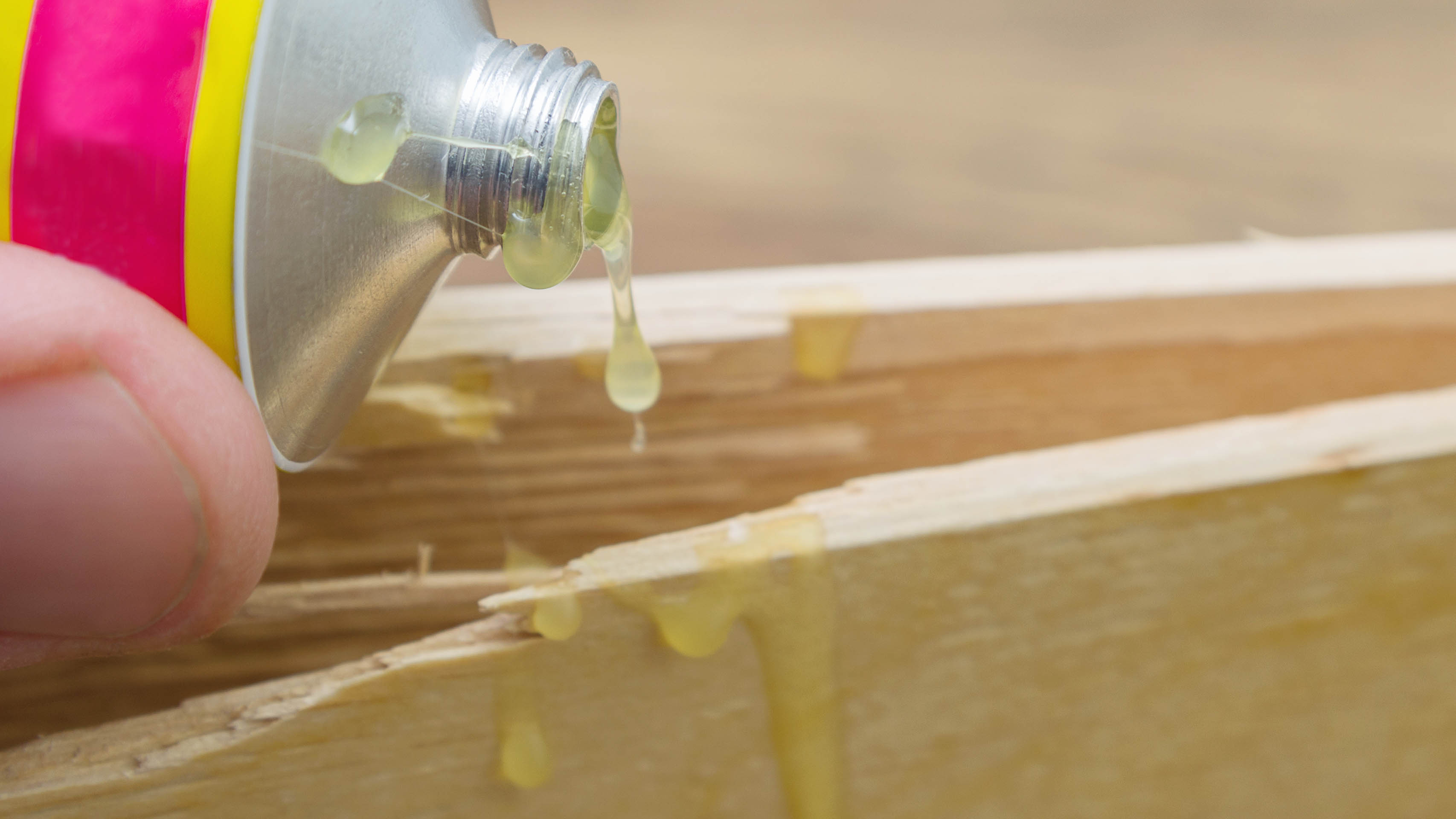
Another common mistake people make is using too much superglue on the surface. And while you might think the more the better, this actually does the opposite. Too much glue will cause the bond/strength to weaken, causing the joint or broken part to lose its grip.
Only use a tiny amount of superglue, or what is recommended. In fact, experts recommend one drop for every square inch for effectiveness. And if you’re worried about squeezing too much, you can use tools such as a disposable micro-applicator tip that will allow you to get the smallest amount of superglue.
7. Not clamping the pieces together long enough
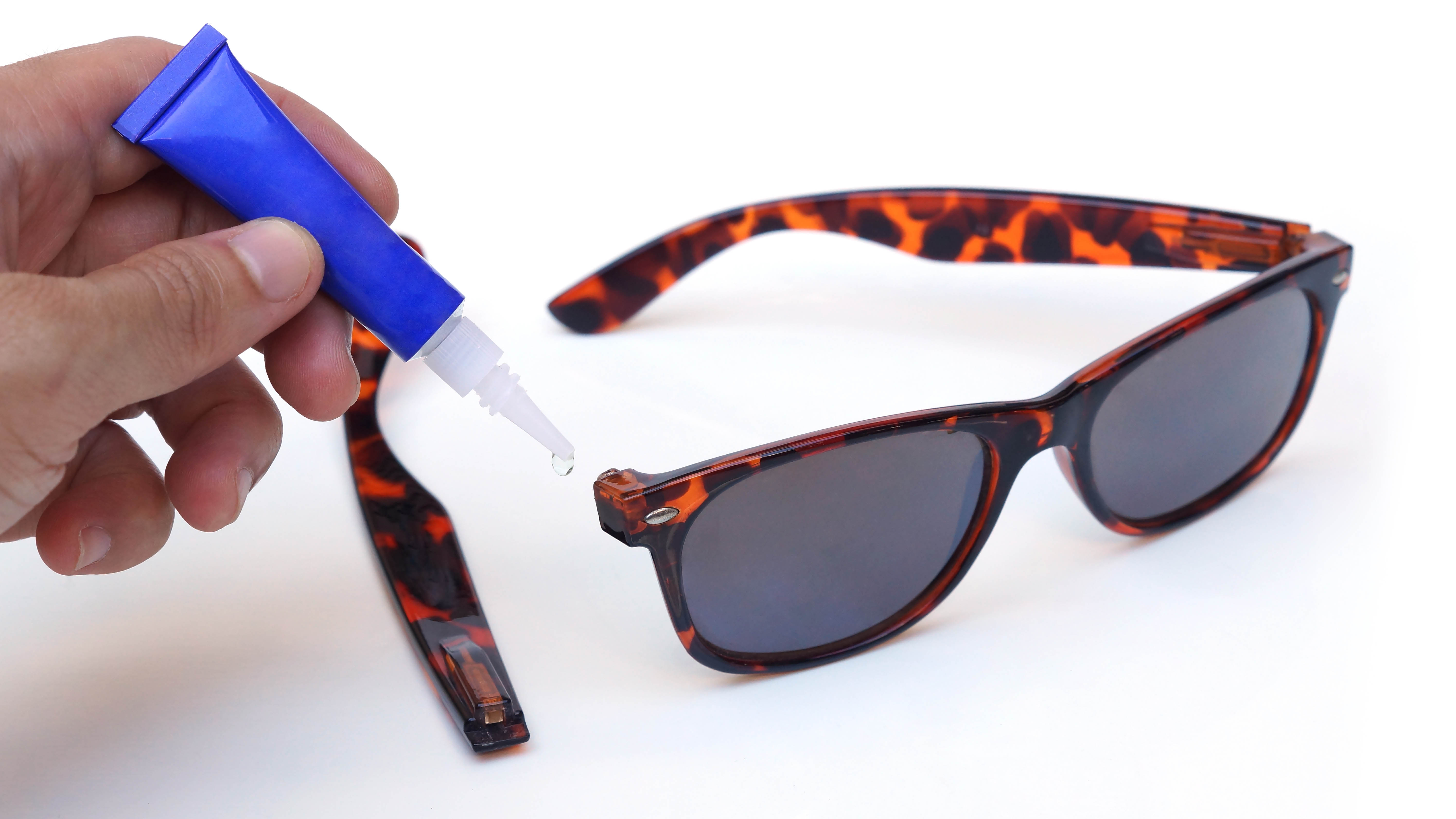
Another mistake is forgetting that you need to clamp or hold the pieces together for a few minutes. Many people assume that superglue sets in seconds, but you still need to allow enough time to bond properly.
Use a makeshift clamp or hold the surfaces together for a few minutes. If you move the parts too early, before it sets properly, it won’t be effective or will fall apart.
Known for its high-performance bonding strength, this comes with a precision tip nozzle for easy dispensing. What's more, it dries in 10–45 seconds and is reinforced for quick results.
What is superglue?
Superglue is technically known as cyanoacrylate glue (or “crazy glue”) which is an acrylic resin. Unlike traditional glue, which is water-based, this cures quickly, meaning that it bonds or seals broken items much faster.
First sold in the 1960s by brand Loctite, the strong adhesive was suitable for bonding various materials. These include plastics, wood, glass, porcelain, metal, fabric, and if not careful, human skin!
More from Tom's Guide

As the Homes Content Editor, Cynthia Lawrence covers all things homes, interior decorating, and garden-related. She has a wealth of editorial experience testing the latest, ‘must-have’ home appliances, writing buying guides and the handy ‘how to’ features.
Her work has been published in various titles including, T3, Top Ten Reviews, Ideal Home, Real Homes, Livingetc. and House Beautiful, amongst many.
With a rather unhealthy obsession for all things homes and interiors, she also has an interior design blog for style inspiration and savvy storage solutions (get rid of that clutter!). When she’s not testing cool products, she’ll be searching online for more decor ideas to spruce up her family home or looking for a great bargain!
